Imagine standing in a museum, staring at a towering Tyrannosaurus rex skeleton, and suddenly realizing that this fearsome predator never could have existed without the slow, grinding dance of continents across Earth’s surface. The story of dinosaur evolution isn’t just about time—it’s about space, geography, and the incredible journey our planet took over 165 million years. As landmasses split apart and crashed together like puzzle pieces in slow motion, they created the stage for one of nature’s most spectacular evolutionary experiments.
The Supercontinent Pangaea and Early Dinosaur Dispersal
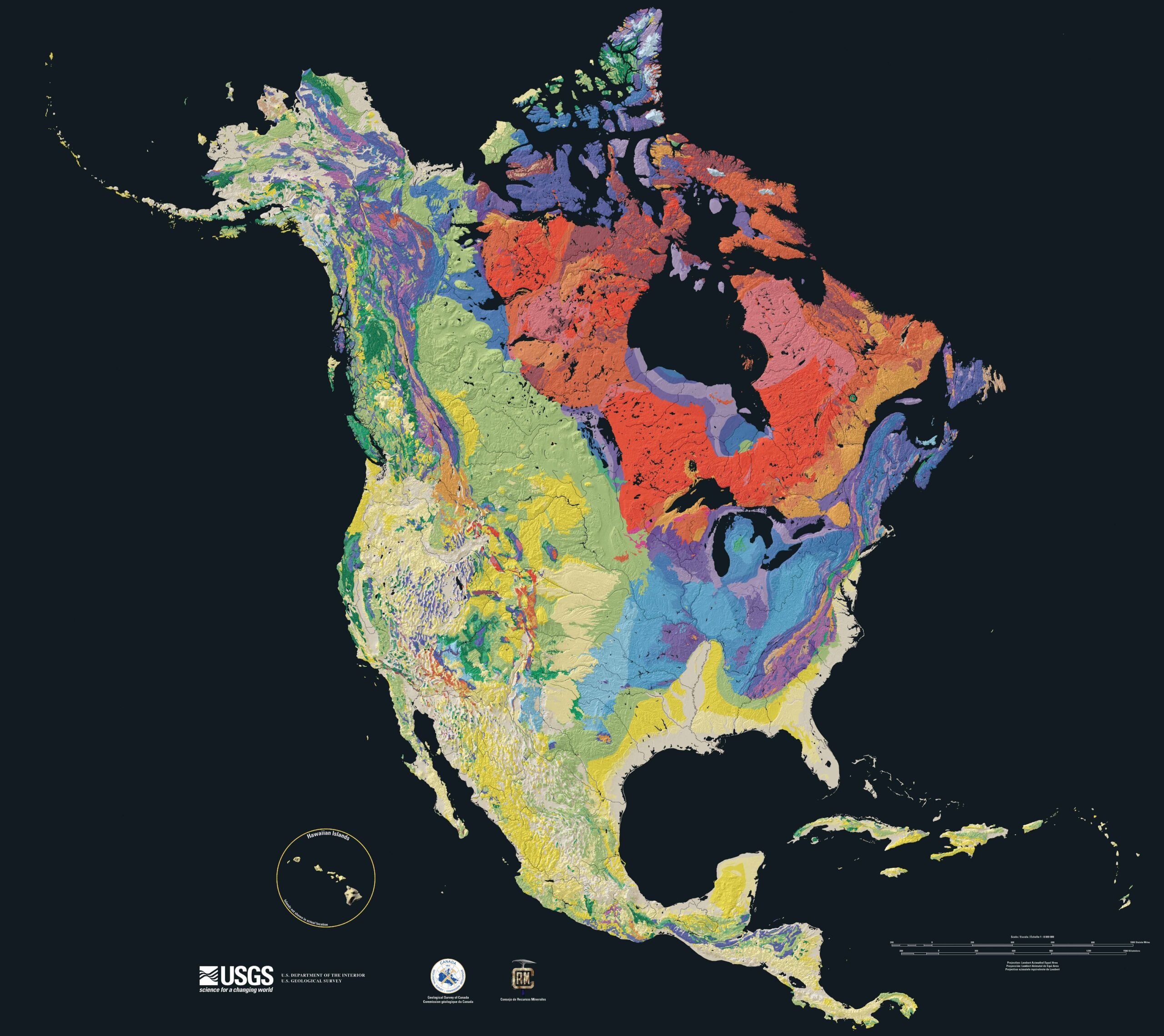
When dinosaurs first emerged around 230 million years ago, Earth looked dramatically different from today. All the continents were smashed together into one massive supercontinent called Pangaea, surrounded by a single enormous ocean called Panthalassa. This unified landmass meant that early dinosaurs could literally walk from what would become South America to Antarctica without ever getting their feet wet.
The earliest dinosaur fossils, like those of Eoraptor and Herrerasaurus from Argentina, demonstrate how these pioneering reptiles quickly spread across Pangaea’s vast expanse. Within just a few million years, similar dinosaur species appeared in fossil beds across multiple continents. This rapid dispersal was only possible because there were no oceanic barriers to stop them—just endless stretches of connected land.
Breaking Apart: The Great Jurassic Separation
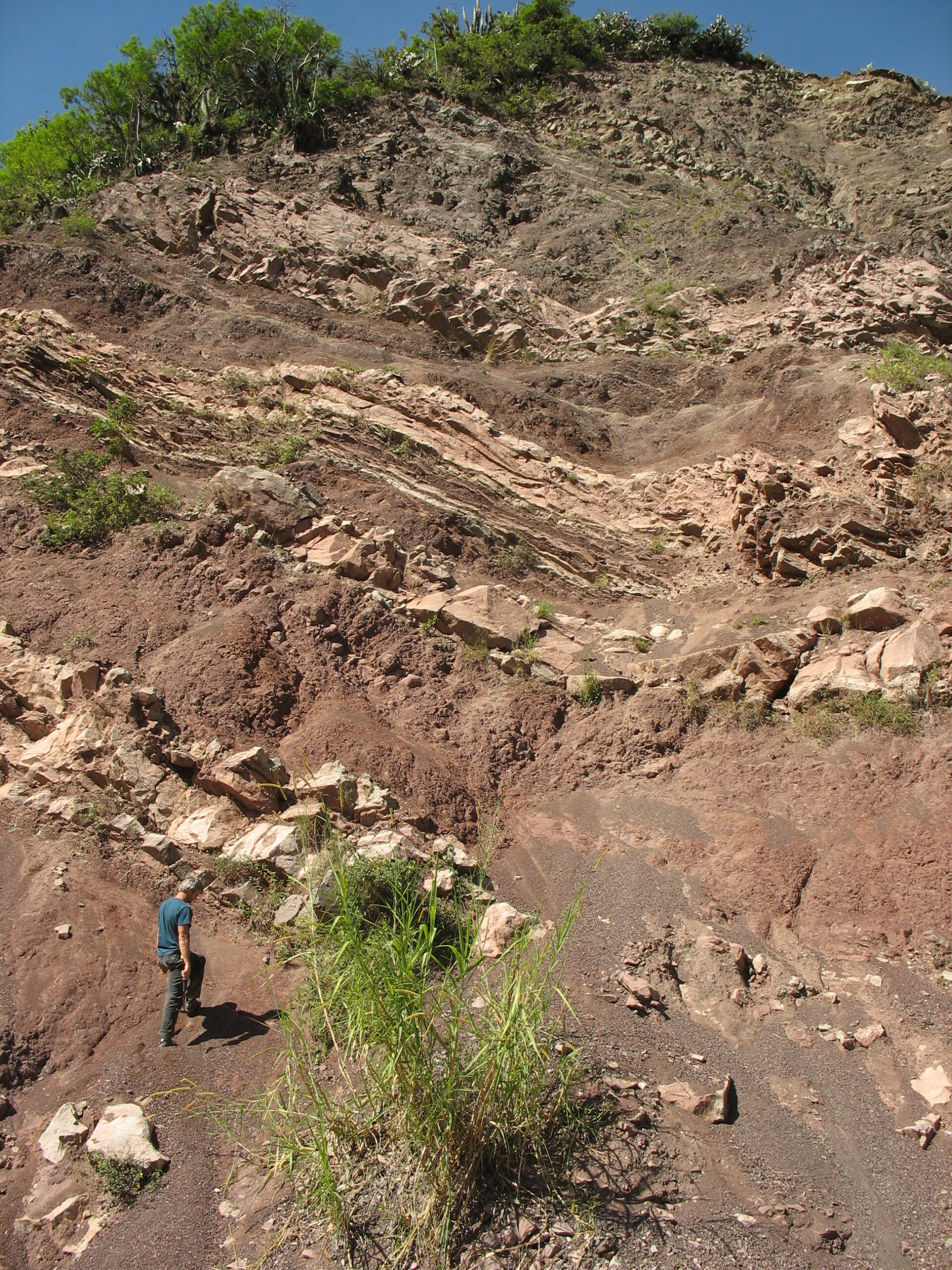
Around 175 million years ago, Pangaea began its slow-motion breakup, starting with a massive rift that would eventually become the Atlantic Ocean. This wasn’t a quick snap—it was more like pulling apart a piece of taffy, taking tens of millions of years to complete. The initial split separated what would become North America and Europe from the southern continents of Africa, South America, Antarctica, and Australia.
As these landmasses drifted apart, dinosaur populations that had once been connected suddenly found themselves isolated on different continents. It’s like taking a single family and placing them on different islands—over time, they would develop in completely different directions. This geographic isolation became the driving force behind some of the most dramatic evolutionary changes in dinosaur history.
Climate Changes from Continental Movement
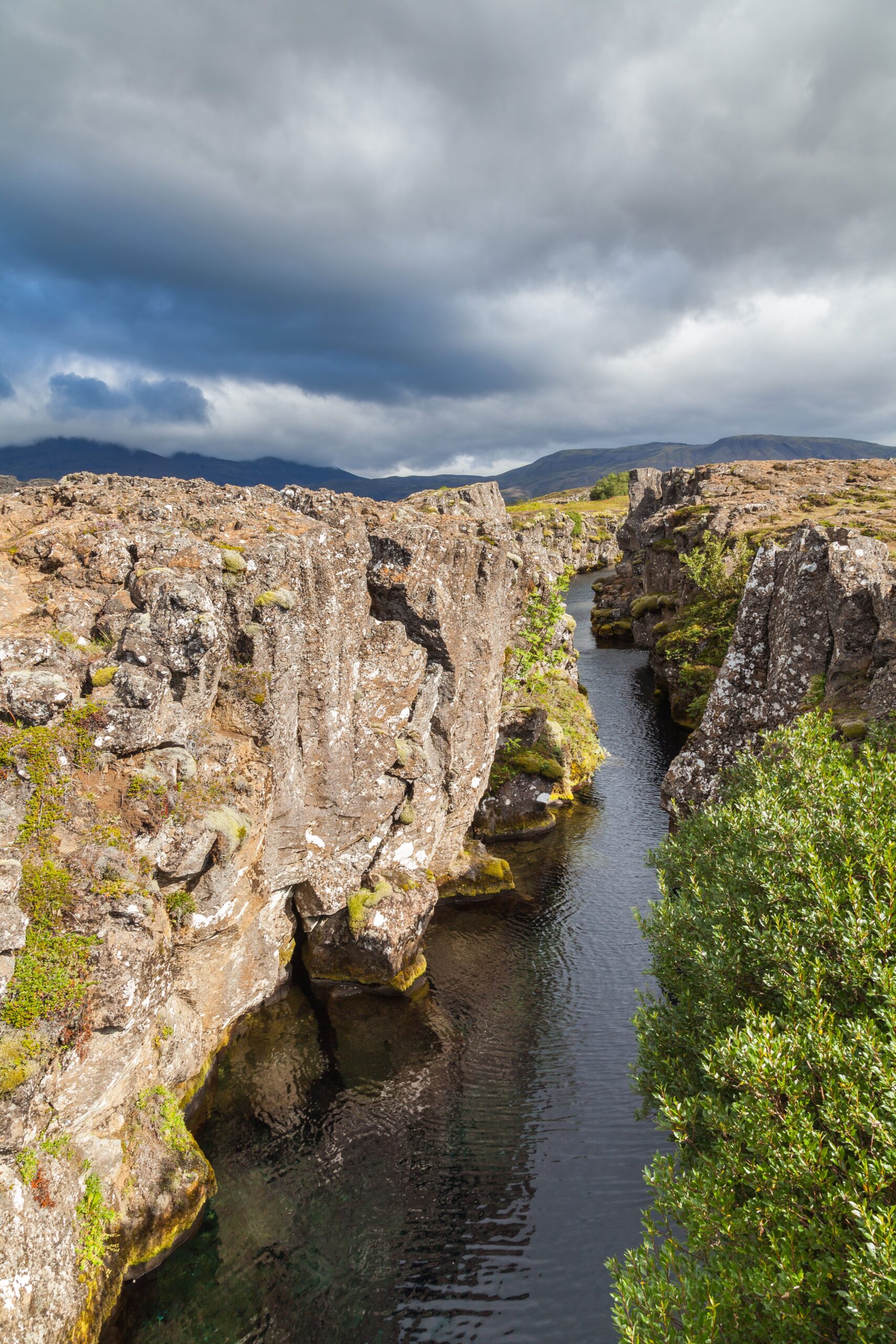
Continental drift didn’t just move land around—it completely revolutionized Earth’s climate patterns. When Pangaea was intact, the interior regions experienced harsh, desert-like conditions because they were so far from moderating ocean influences. Picture trying to live in the center of a continent the size of Asia, Africa, and North America combined—it would be scorching hot during the day and freezing cold at night.
As the continents separated, new ocean basins formed and ocean currents began flowing in different patterns. These changes brought more moisture to previously arid regions and created new climate zones. Dinosaurs had to adapt to these shifting conditions, leading to the evolution of different body sizes, feeding strategies, and behaviors. Some developed longer necks to reach higher vegetation in newly lush environments, while others became more efficient at conserving water in still-dry regions.
Geographic Isolation and Speciation
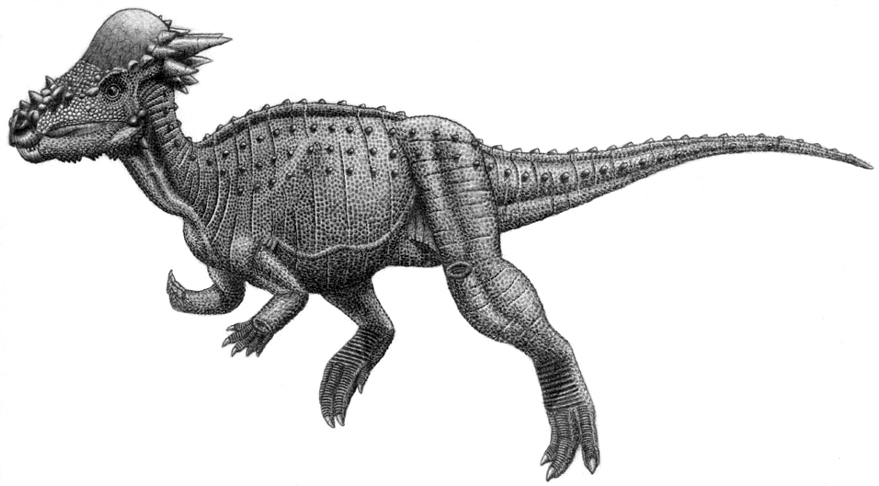
One of the most fascinating aspects of continental drift was how it created natural laboratories for evolution. When dinosaur populations became separated by newly formed oceans, they began evolving independently on their respective continents. This process, called allopatric speciation, is like giving the same recipe to different chefs—each one adds their own unique ingredients based on what’s available locally.
The dinosaurs of South America began developing differently from their North American cousins, and the species in Africa started diverging from those in Asia. Over millions of years, these isolated populations accumulated genetic differences, eventually becoming entirely new species. This explains why we see such incredible diversity in dinosaur species across different continents during the Jurassic and Cretaceous periods.
The Rise of Unique Continental Dinosaur Faunas

By the Late Cretaceous period, about 100 million years ago, each continent had developed its own distinctive dinosaur communities. South America became home to some of the largest dinosaurs ever discovered, including the massive sauropod Argentinosaurus, which stretched over 100 feet long. Meanwhile, North America developed its own unique ecosystem dominated by different groups of dinosaurs, including the famous Triceratops and Tyrannosaurus rex.
Africa showcased yet another evolutionary pathway, with dinosaurs like Spinosaurus evolving semi-aquatic lifestyles that we don’t see elsewhere. These continental differences weren’t random—they reflected the unique environmental conditions and evolutionary pressures that each landmass provided. It’s remarkable how geography essentially created multiple parallel experiments in dinosaur evolution, each producing its own spectacular results.
Ocean Barriers and Evolutionary Divergence
The formation of new ocean basins created nearly insurmountable barriers for most dinosaur species. Unlike mammals, which could sometimes island-hop or migrate across land bridges, most dinosaurs were terrestrial giants that couldn’t swim across hundreds of miles of open ocean. This meant that once populations were separated, they stayed separated for millions of years.
These oceanic barriers acted like evolutionary pressure cookers, forcing dinosaur populations to adapt to their local environments without genetic input from other regions. The result was an explosion of diversity as different groups evolved to fill available ecological niches. Some became specialized fish-eaters, others developed elaborate defensive armor, and still others grew to enormous sizes to compete for limited resources.
Land Bridges and Temporary Connections
Despite the general trend toward continental separation, there were periods when temporary land bridges allowed limited dinosaur migration between continents. These connections, often formed by changes in sea level or volcanic activity, created brief windows for genetic exchange between otherwise isolated populations. When sea levels dropped during ice ages, shallow areas between continents sometimes became walkable land bridges.
These temporary connections had profound impacts on dinosaur evolution. They allowed successful species to colonize new territories and sometimes led to competitive exclusion when superior competitors invaded new regions. The timing and duration of these connections helped determine which dinosaur groups would dominate different continents during different time periods.
Mountain Building and Habitat Diversification
Continental drift didn’t just move landmasses horizontally—it also pushed them together, creating massive mountain ranges that reached toward the sky. When continents collided, the immense pressure folded and lifted the Earth’s crust, forming towering peaks and deep valleys. These geological upheavals created entirely new habitats that dinosaurs had never experienced before.
Mountain ranges like the Andes in South America and the Alps in Europe began forming during the age of dinosaurs, creating altitude gradients with different climate zones. Dinosaurs living at high elevations faced challenges like thinner air, colder temperatures, and different vegetation types. Some species developed larger hearts and lungs to handle the reduced oxygen, while others became more efficient at thermoregulation to deal with temperature fluctuations.
Volcanic Activity and Evolutionary Pressure
The process of continental drift involved massive amounts of volcanic activity, particularly at the boundaries where tectonic plates met. These volcanic regions created both opportunities and challenges for dinosaur evolution. Large volcanic eruptions could devastate local populations, creating evolutionary bottlenecks that led to rapid genetic changes in survivor groups.
However, volcanic activity also enriched soils with nutrients, leading to lush vegetation growth that could support larger dinosaur populations. The ash from eruptions sometimes created fossil preservation conditions that give us our best glimpses into dinosaur life. Volcanic islands that emerged from the ocean floor occasionally provided stepping stones for dinosaur migration, though these opportunities were rare and brief.
Sea Level Changes and Coastal Evolution
As continents drifted apart, global sea levels fluctuated dramatically, sometimes rising hundreds of feet above current levels. These changes created and destroyed vast coastal habitats where many dinosaur species lived and evolved. During high sea level periods, shallow inland seas divided continents into smaller landmasses, further isolating dinosaur populations.
Coastal environments provided unique evolutionary opportunities for dinosaurs. Some species developed adaptations for life near water, including changes in diet, locomotion, and even breathing patterns. The famous fish-eating dinosaur Spinosaurus shows clear adaptations for a semi-aquatic lifestyle, with paddle-like tail vertebrae and nostrils positioned on top of its skull like a crocodile.
The Southern Supercontinent Gondwana
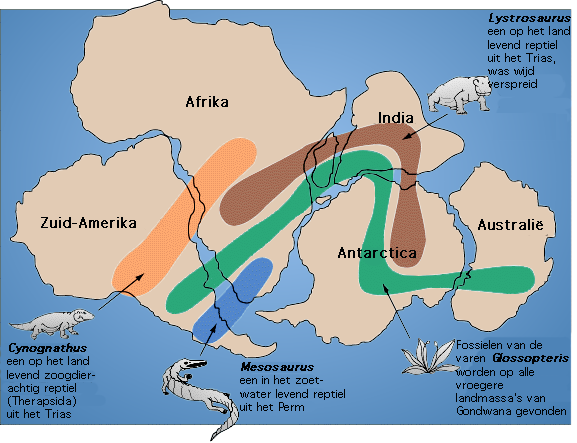
While the northern continents were drifting apart, the southern landmasses of South America, Africa, Antarctica, and Australia remained connected as the supercontinent Gondwana for much longer. This extended connection allowed southern dinosaur faunas to remain more similar to each other than to their northern counterparts. The dinosaurs of Gondwana developed their own unique characteristics, including some of the largest sauropods ever discovered.
When Gondwana finally began breaking apart around 140 million years ago, it set off another wave of evolutionary diversification. Each separating landmass took its dinosaur populations in new directions, but they shared a common Gondwanan heritage that distinguished them from northern dinosaur faunas. This explains why we see similar dinosaur groups across the southern continents, even though they were separated by thousands of miles of ocean.
India’s Epic Journey and Dinosaur Evolution
Perhaps no landmass had a more dramatic continental drift journey than India, which broke away from Gondwana around 130 million years ago and raced northward across the Indian Ocean. This massive chunk of land, carrying its cargo of dinosaurs, traveled over 4,000 miles in just 50 million years—incredibly fast by geological standards. The journey took India through different climate zones and eventually led to its collision with Asia.
During its ocean crossing, India became an isolated island continent with its own unique dinosaur fauna. Fossil evidence suggests that Indian dinosaurs evolved in isolation, developing characteristics not seen elsewhere. When India finally collided with Asia around 50 million years ago, it created the Himalayas and allowed genetic exchange between previously separated dinosaur populations, though by then, the age of dinosaurs was already ending.
The End-Cretaceous Impact and Continental Positions
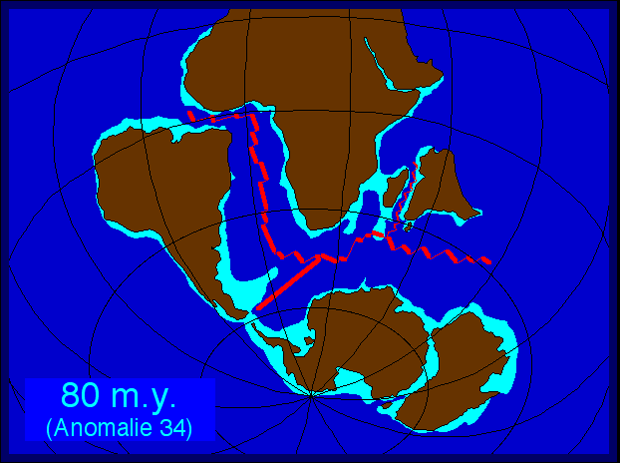
The positions of continents during the end-Cretaceous period, when the infamous asteroid impact occurred 66 million years ago, played a crucial role in determining which dinosaur groups survived and which went extinct. Different continents offered different refuge possibilities, and the global climate disruption affected some regions more severely than others.
The impact’s effects were magnified by the continental positions at the time. Wind patterns, ocean currents, and the distribution of land and sea all influenced how impact debris and climate changes spread around the globe. Some continental positions may have provided better protection from the immediate effects of the impact, while others were more vulnerable to the global environmental catastrophe that followed.
Modern Fossil Distribution Patterns
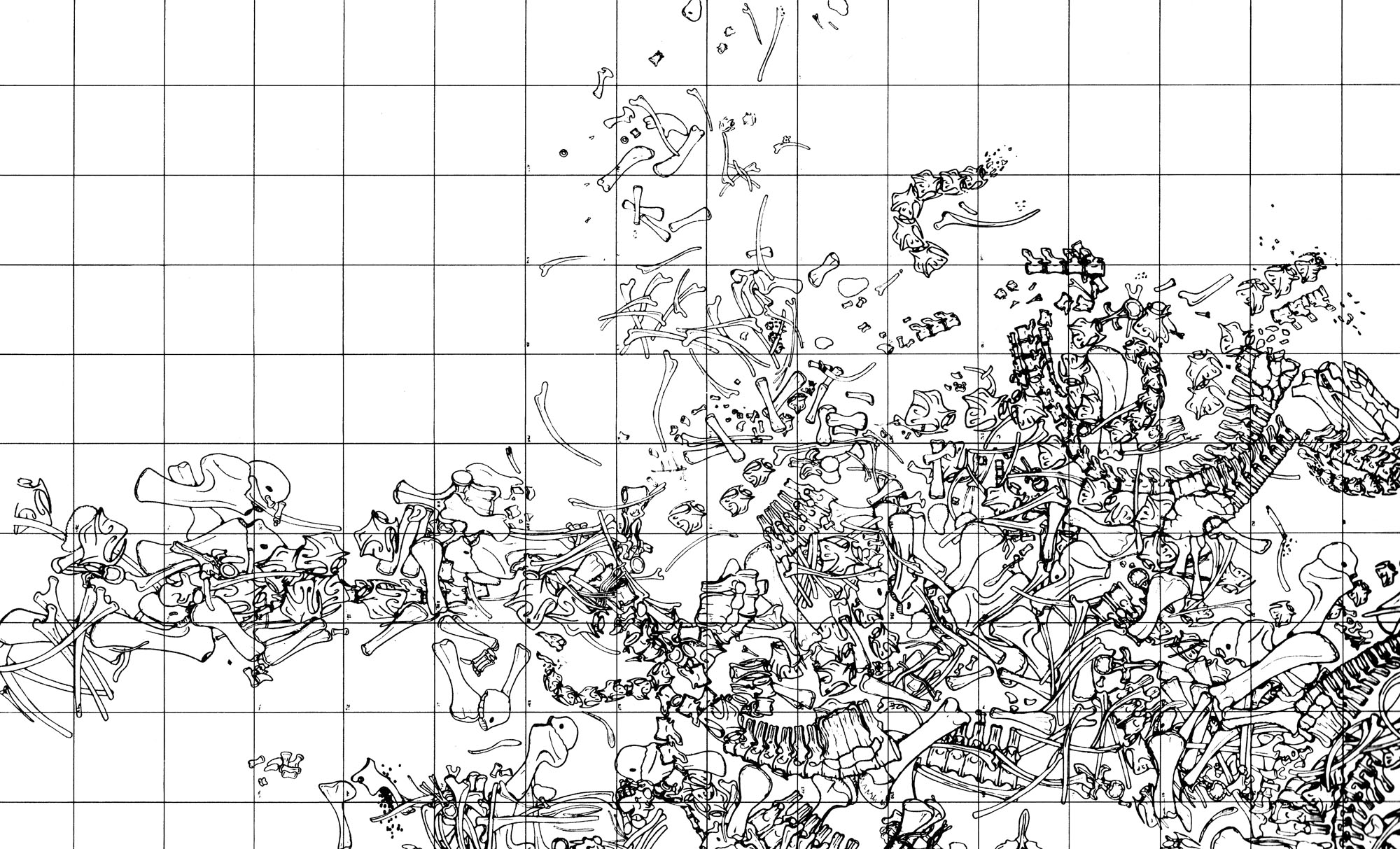
Today, the distribution of dinosaur fossils around the world tells the story of continental drift like a geological puzzle. We find similar early dinosaur species on continents that are now separated by vast oceans, providing evidence that they were once connected. Conversely, we see dramatically different dinosaur faunas on continents that drifted apart early in dinosaur evolutionary history.
The pattern of fossil distribution helps paleontologists understand not just dinosaur evolution, but also the timing and sequence of continental breakup. When we find the same dinosaur species in both South America and Africa, we know those continents were connected when that species lived. When we find completely different dinosaur faunas, we know the continents had already separated by that time.
Lessons for Understanding Evolution
The relationship between continental drift and dinosaur evolution provides profound insights into how geography shapes life on Earth. It demonstrates that evolution isn’t just about genetic mutations and natural selection—it’s also about the physical stage on which life performs. The slow dance of continents across Earth’s surface created the environmental diversity that drove dinosaur evolution in countless directions.
This understanding helps us appreciate the incredible complexity of evolutionary processes and the importance of geological time scales in shaping life. Continental drift operated on timescales that dwarf human history, yet its effects on dinosaur evolution were profound and lasting. It reminds us that the Earth itself is an active participant in the evolutionary process, constantly reshaping the conditions under which life must adapt and thrive.
The story of how continental drift shaped dinosaur evolution reveals the incredible interconnectedness of Earth’s geological and biological systems. Over 165 million years, the slow movement of continents created isolated evolutionary laboratories, climate changes, and geographic barriers that drove dinosaur diversification in ways we’re still discovering. From the unified world of Pangaea to the scattered continents of the late Cretaceous, each geological change created new evolutionary opportunities and challenges. The massive sauropods of South America, the fish-eating Spinosaurus of Africa, and the iconic Tyrannosaurus rex of North America all owe their unique characteristics to the particular continental environments where they evolved. Understanding this relationship between geology and evolution helps us appreciate not just the magnificence of dinosaurs, but the dynamic nature of our planet itself. What other evolutionary stories might still be written in the rocks, waiting for us to piece together the next chapter of life’s incredible journey?




